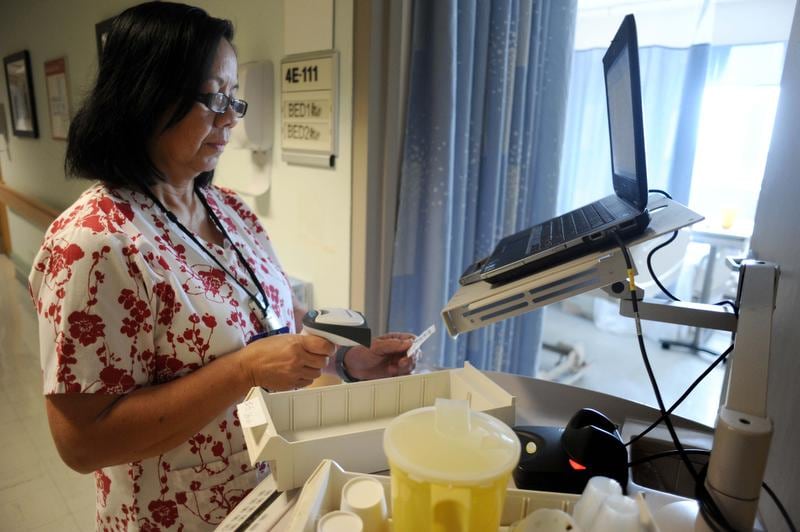Military suicide prevention programs must continue to teach troops to recognize the risk factors and signs of suicide in their peers, but also should incorporate a wider emphasis on resilience and mental wellness, military leaders told lawmakers Thursday.
Lt. Gen. James McConville, the Army's deputy chief of staff for personnel, told the House Armed Services Committee's personnel panel that his service hopes programs that teach "resilience and preparedness" will help reduce the need for "diving catches" — last-minute saves of troops in crisis.
"We want to prevent suicide, but ... we want to move the whole force to a resilience phase, where we build soldiers who can handle stress, handle adversity and, if they need help, get it early on," McConville said.
"Promoting comprehensive wellness is one of our core strategies to proactively prevent destructive behaviors that can ultimately increase suicide risk," added Rear Adm. (Lower Half) Ann Burkhardt, director of the Navy's 21st Century Sailor Office.
In the six months from Jan. 1 to June 30, a total of 219 service members, including 130 active-duty troops and 89 Reserve and National Guard personnel, died by suicide.
That compares to with 243 for all of last year, and 474 in 2013.
The services have bolstered their programs to identify at-risk troops, reach out to those who are having issues and teach all service members how to recognize problems and react if they see any signs of trouble in their colleagues.
The Pentagon established a Defense Suicide Prevention Office in 2011 to study the scope of the problem in the military and develop and implement suicide prevention policies and programs across the force.
But a DoD Inspector General report released Oct. 2 found that the office lacks clear guidance from its own leaders and does not have authority to develop and execute effective programs, leaving a vacuum that the individual services have filled with their own, often inconsistent programs.
At the hearing Thursday, DSPO Director Keita Franklin acknowledged her office's problems and said she is finalizing a list of recommendations for improvement and is poised to move forward in setting policies and working with the services to improve programs.
"We continue to work with the military services to evaluate our suicide prevention programming to ensure we are offering evidence based practices," Franklin said.
She added that future programs will focus "on effectively integrating our suicide prevention efforts" in programs that target "common risks and protective factors."
But in emphasizing programs that teach "resilience," "protective factors," and "coping skills," DoD and the services face a conundrum: These initiatives may help some become more likely to bounce back from traumatic events, but could increase stigma for others who face difficulties dealing with such challenges.
"I'm inferring that a lack of resilience predisposes them to take their own life," Rep. Tom MacArthur, R-N.J. said. "Are you looking at resiliency or brittleness in personality testing to see if someone raises a red flag at recruiting? Or is it too unfounded yet and actually would be discriminatory?"
"We are trying to find that sweet spot," McConville said.
Officials do not want troops who seek treatment to be told, "Hey, we don't want you to serve," he said. "We are trying to get the science to help us do that, a fair type of assessment. We are not there yet."
Marine Corps Major Gen. Burke Whitman, that services' director of Marine and family programs, said the Corps also is studying the issue to determine what type of mental health or resiliency screening, if any, is appropriate or would be effective for those looking to join the service.
All the military leaders who testified at the hearing agreed that ensuring troops receive all the support they need is a top priority.
"We are working hard to meet mission demands while keeping stress on the force to a level compatible with good health and high performance among airmen," said Air Force Surgeon General Lt. Gen. Mark Ediger.
Patricia Kime is a senior writer covering military and veterans health care, medicine and personnel issues.





